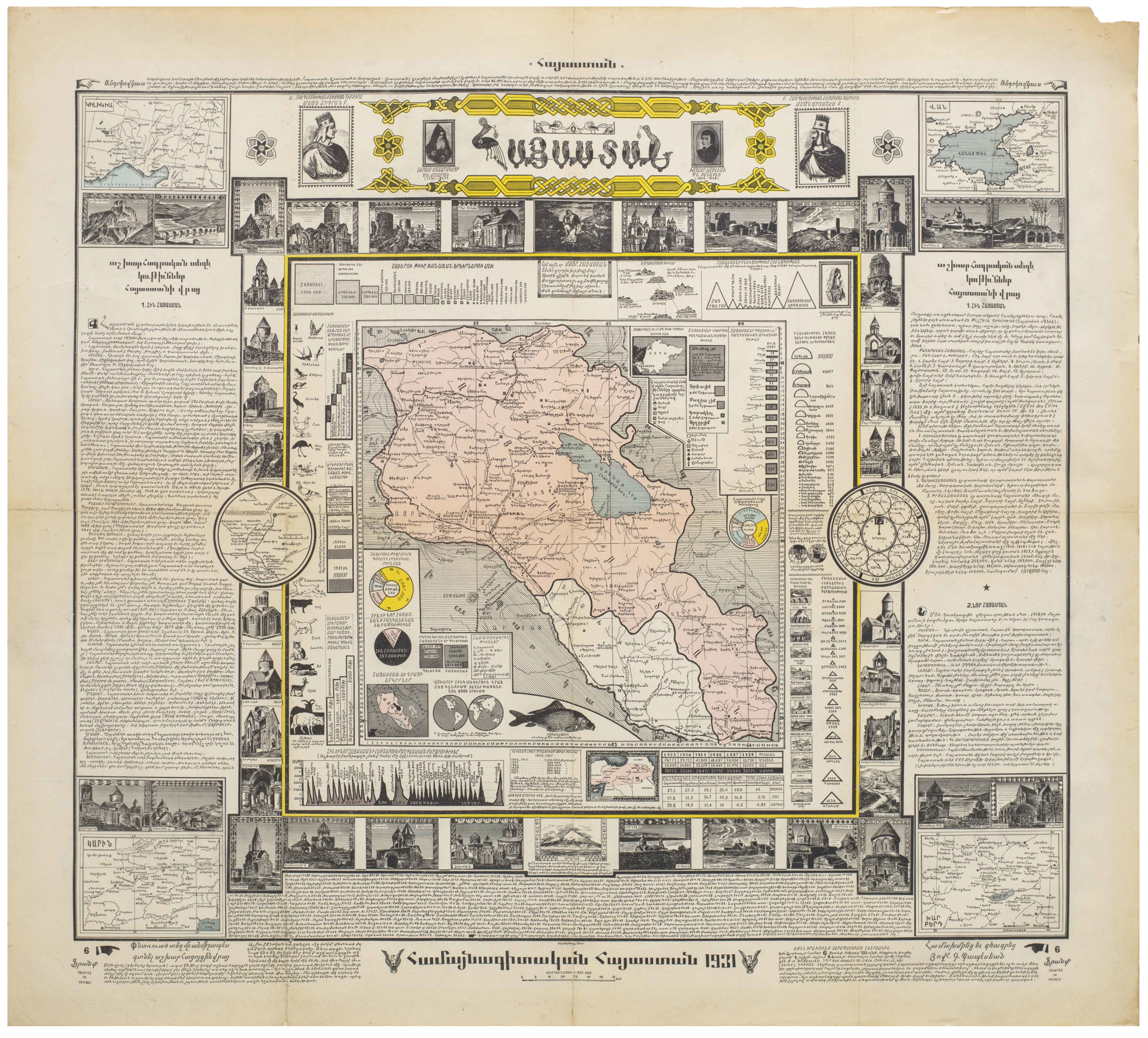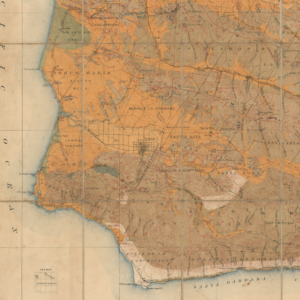Athanasius Kircher’s glorious depiction of the 1637 eruption of Etna on Sicily – based on the author’s personal observation.
Typus montis Aetnae ab authore observati
Out of stock
Description
This well-preserved hand-colored engraving comes from the first edition of Athanasius Kircher’s Late Renaissance work on the subterranean world: the Mundus Subterraneus. It was published by Jan Janssonius and Elizeum Weyerstraten in Amsterdam in 1665 and constituted the first scientific work to describe the inner workings of the Earth. The encyclopedic 12-book tome was brimming with diagrams and maps, some of which detailed natural wonders that until then had resided beyond scholarly comprehension and description.
The image in question is one of the most sought-after and iconic images in the Mundus Subterraneus. It depicts the 1637 eruption of Etna on the island of Sicily. Kircher, a Jesuit scholar and polymath, traveled throughout southern Italy in the late 1630s, and he had personally witnessed not only the eruption of Etna but also of Vesuvius and Stromboli. This experience had an enormous personal impact on Kircher. He conducted a range of fearless explorations and experiments, which in turn would form the basis for the enduring legacy of his book (see context section below).
Unlike many maps and plates in the Mundus Subterraneus, which were explanatory, this powerful image was far more artistic in its conception. It conveys the tremendous force of a volcanic eruption. The image is full of dramatic detail. The erupting mountain at the focus of the composition reinforces some of Kircher’s explanations in the text by revealing how the magma rises from within to erupt in a flurry of smoke, fire, and flying boulders. Lava flows down the mountain side, burning the lush vegetation in its path before dropping into the roaring sea below. In the lower-left corner of the image, at the foot of the mountain, we find the town of Catania, an important urban center on the island.
As indicated in the title, this was a rendition of the dramatic event as Kircher experienced it. The composition abounds in both aesthetic and dramatic quality and is, in essence, Kircher’s attempt to recreate and share one of the most impacting moments of his life.
No image from the Mundus is as unequivocal in its sheer awe as this one.
Context is Everything
Athanasius Kircher was one of the great polymaths of the 17th century. He was a contemporary of Galileo and possessed a similar curiosity and thirst for knowledge, although he remained in the good graces of the Church throughout his life. As a Jesuit priest and scholar, Kircher was a learned man who had leeway to conduct a range of important experiments and observations during his lifetime. His true awakening, however, came after a visit to southern Italy in 1637-38.
The volcanic activity he witnessed in Italy both fascinated and frightened Kircher to such an extent that he built his most famous work, a comprehensive survey of the subterranean world, on the observations made during this trip. He expanded these with earlier datasets and a plethora of wonderful explanatory illustrations and maps.
The Mundus Subterraneus marks the first serious effort to describe the physical makeup of the Earth, proposing theories (sometimes fantastical) within the fields of physics, geography, geology, and chemistry. Among the hypotheses that Kircher put forward in this work was the existence of a vast network of underground springs, reservoirs, and lakes. He was also the first to suggest that subterranean temperatures increase directly in proportion to depth.
In addition to speculating on the geological makeup of the Earth, the Mundus Subterraneus proposed the existence of underground rivers of fire and strange inhabitants in the planet’s interior. The book’s complexity was underlined by its endeavor to link the subterranean phenomena with observable features on the Earth’s surface (e.g. currents and meteorology), as well as with celestial phenomena like solar and lunar eclipses. Kircher then used established ideas about the Earth to create hypothetical depictions of the sun and the moon.
Kircher lived in a world where anything that could be mapped could be understood. Indeed, mapping often proved a vital part of the process that led to understanding. In the 17th century, such notions drove men to explore the Earth’s furthest and most inhospitable regions, just as it drove our author to lower himself into the crater of Vesuvius shortly after an eruption.
Cartographer(s):
Athanasius Kircher (1601-1680) was a Jesuit priest and scholar who gathered knowledge from around the world through Jesuit missionaries and disseminated it in a more compelling and effective form. In many ways, Kircher was one of the last great Renaissance thinkers. In addition to his explorations of the Earth’s interior, he conducted experiments using bioluminescence as a light source and was the first known maker of the Aeolian harp.
Kircher assembled one of the first natural history collections in the world, wrote more than forty books, and left over 2000 manuscripts behind. Within this oeuvre was a range of ground-breaking (and often highly speculative) maps, including the first depiction of the Pacific Ring of Fire and the first map to show oceanic currents on a global scale.
Condition Description
Very good. Wear along top edge and at bottom-left margin.
References
![[Political broadside] Solidarity with the People and Students of the DPR of Korea.](https://neatlinemaps.com/wp-content/uploads/2022/10/NL-01603_thumbnail-1-300x300.jpg)
![[Political broadside] Solidarity with the People and Students of the DPR of Korea.](https://neatlinemaps.com/wp-content/uploads/2022/10/NL-01603_thumbnail-scaled.jpg)
![[Political broadside] Solidarity with the People and Students of the DPR of Korea.](https://neatlinemaps.com/wp-content/uploads/2022/10/NL-01603_thumbnail-scaled-300x300.jpg)





